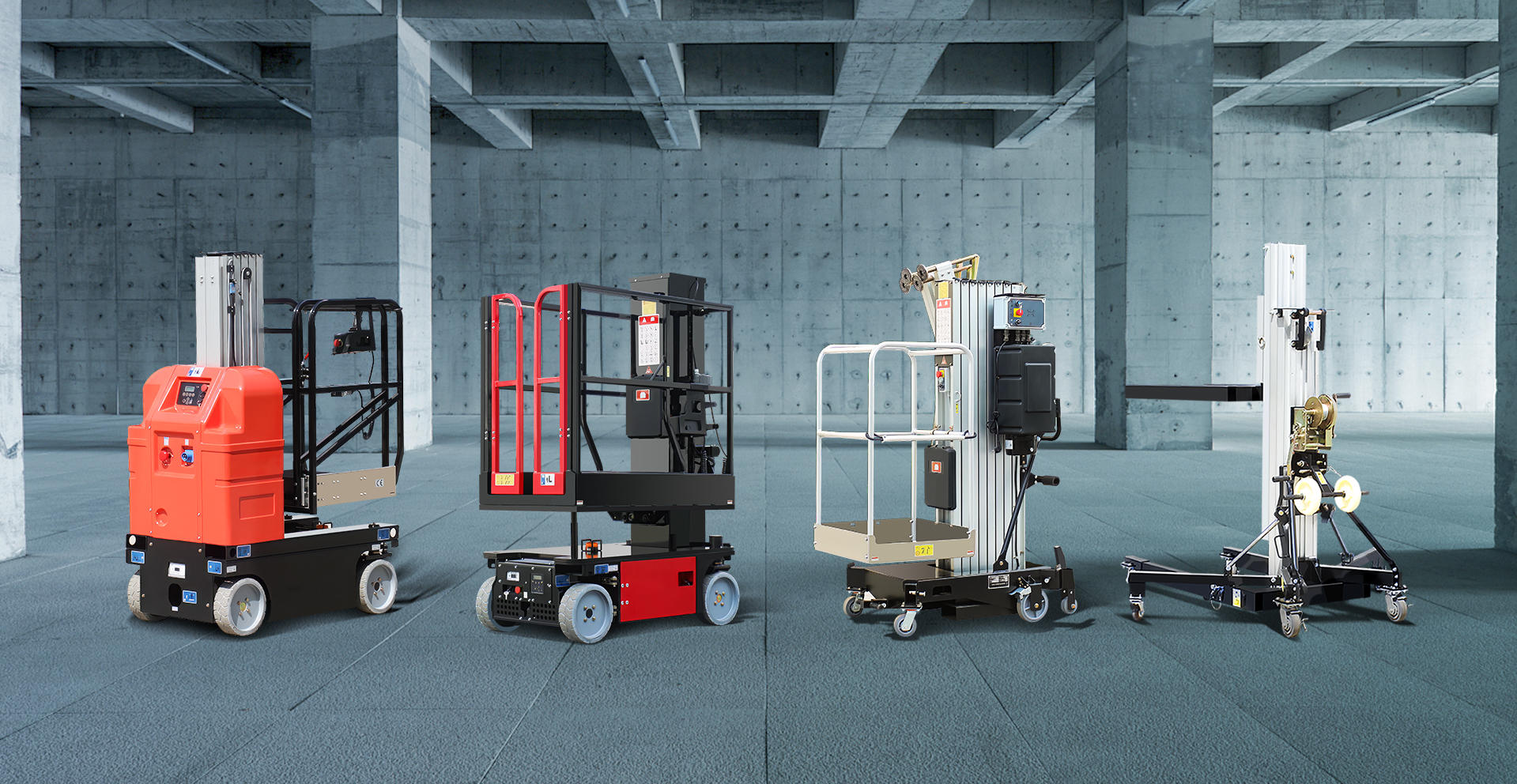Safety is paramount when operating any heavy machinery, especially boom lifts, which are used to reach elevated areas in various work environments. Modern Boom Lift are designed with a range of advanced safety features to protect operators and ensure reliable performance. This blog outlines the key safety features to look for in a modern boom lift, helping you make informed decisions when selecting equipment for your projects.
1. Stability Systems
Ensuring the stability of a boom lift is crucial for safe operation. Advanced stability systems help prevent accidents and ensure the equipment remains secure during use:
- Automatic Leveling: Modern boom lifts often come with automatic leveling systems that adjust the lift’s position to maintain stability on uneven surfaces. This feature helps prevent tipping and ensures the lift remains level during operation.
- Outrigger Sensors: Some boom lifts are equipped with sensors that monitor the position and load of the outriggers. These sensors provide real-time feedback and adjustments to optimize stability and reduce the risk of accidents.
Stability systems are essential for maintaining safe operation and preventing tipping or instability during use.
2. Fall Protection Systems
Fall protection is a critical aspect of boom lift safety, as operators working at height must be securely protected:
- Guardrails and Safety Gates: Modern boom lifts are designed with guardrails and safety gates on the platform to prevent accidental falls. These safety features help keep operators secure while working at elevated heights.
- Harness Anchor Points: Many boom lifts provide harness anchor points for operators to attach safety harnesses. This additional safety measure helps protect against falls and ensures that operators are securely attached to the lift.
Fall protection systems are vital for safeguarding operators and preventing falls from height.
3. Emergency Stop Buttons
Emergency stop buttons are crucial for quickly halting operations in the event of an emergency:
- Operator and Ground-Level Controls: Boom lifts typically have emergency stop buttons both on the platform and at ground level. This allows operators to stop the lift’s operation immediately if a hazardous situation arises, providing an additional layer of safety.
- Visible and Accessible Locations: Emergency stop buttons should be clearly visible and easily accessible to ensure that operators and ground personnel can quickly respond to emergencies.
Emergency stop buttons are essential for quickly halting operations and addressing potential hazards.
4. Collision Avoidance Systems
Collision avoidance systems help prevent accidents by detecting obstacles and providing warnings to operators:
- Proximity Sensors: Many modern boom lifts are equipped with proximity sensors that detect obstacles in the lift’s path. These sensors provide audible and visual warnings to alert operators of potential collisions.
- Cameras and Displays: Some boom lifts come with cameras and displays that provide a live feed of the surrounding area. This feature helps operators see obstacles and avoid collisions more effectively.
Collision avoidance systems enhance safety by helping operators navigate around obstacles and prevent accidents.
5. Load Sensing and Monitoring
Proper load management is crucial for safe operation. Load sensing and monitoring systems help ensure that the lift operates within safe limits:
- Load Sensors: Modern boom lifts often have load sensors that monitor the weight of the materials and personnel on the platform. These sensors provide real-time data to prevent overloading and ensure safe operation.
- Load Charts and Indicators: Load charts and indicators display the maximum allowable load for different boom positions. Operators can use these charts to ensure they do not exceed safe load limits.
Load sensing and monitoring systems are important for managing weight and preventing overloading.
6. Operator Training and Certification
Proper training and certification are essential for safe boom lift operation:
- Operator Training Programs: Many manufacturers and rental companies offer training programs for boom lift operators. These programs cover safe operation procedures, emergency response, and equipment maintenance.
- Certification Requirements: In some regions, operators are required to obtain certification before operating boom lifts. Certification ensures that operators have the necessary skills and knowledge to use the equipment safely.
Operator training and certification are crucial for ensuring that operators can safely and effectively use boom lifts.
7. Regular Maintenance and Inspections
Regular maintenance and inspections are key to ensuring that boom lifts remain safe and operational:
- Scheduled Maintenance: Follow the manufacturer’s recommended maintenance schedule to keep the lift in good working condition. Regular maintenance helps identify and address potential issues before they become safety hazards.
- Pre-Operation Inspections: Operators should perform pre-operation inspections before using the lift. This includes checking the equipment for any visible signs of damage or wear and ensuring that all safety features are functioning properly.
Regular maintenance and inspections help ensure the lift remains safe and reliable for use.
8. Weather-Resistant Features
Weather conditions can impact the safety and performance of boom lifts, particularly when used outdoors:
- Weatherproofing: Modern boom lifts are often designed with weather-resistant features to protect against rain, wind, and other environmental factors. This helps ensure safe operation in various weather conditions.
- Wind Speed Monitoring: Some boom lifts come with wind speed monitoring systems that provide warnings when wind speeds exceed safe limits. This feature helps prevent accidents caused by high winds.
Weather-resistant features are important for maintaining safety and performance in changing weather conditions.
Conclusion: Prioritizing Safety in Boom Lift Selection
When selecting a boom lift for your project, it is essential to prioritize safety and ensure that the equipment is equipped with the latest safety features. From stability systems and fall protection to emergency stop buttons and collision avoidance systems, modern boom lifts offer a range of innovative safety features designed to protect operators and enhance overall safety.
By choosing a boom lift with advanced safety features and adhering to proper training, maintenance, and inspection procedures, you can ensure a safer and more efficient work environment. Prioritizing safety not only protects personnel but also contributes to the successful completion of projects and the overall success of your operations.





